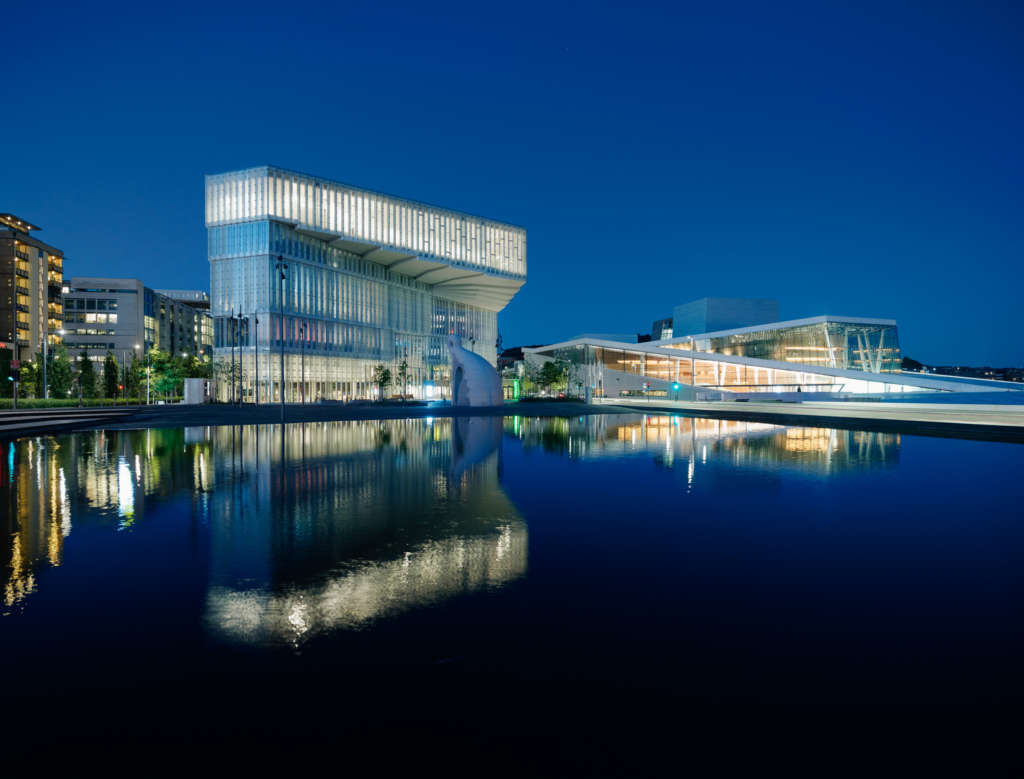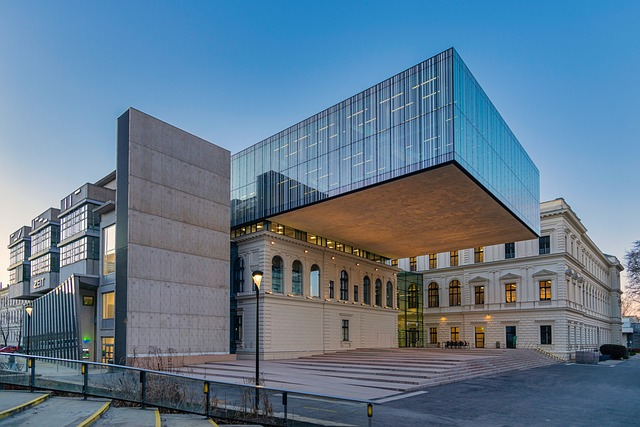Civic buildings play a crucial role in shaping the identity and functionality of communities. These structures, which include town halls, libraries, community centers, and museums, are designed not just for utility but also to enhance civic life and promote public engagement. The architecture of civic buildings reflects the values, aspirations, and cultural heritage of a community, making them essential for fostering social cohesion and civic pride.
Having observed various civic structures around the world, I appreciate how thoughtful design can transform public spaces into vibrant hubs of activity. This article explores the significance of civic buildings, their architectural features, and their impact on community life.
The Role of Civic Buildings

Civic buildings serve multiple functions that contribute to the well-being of a community:
- Public Service: These structures house essential services and governmental functions, making them accessible to citizens. They are often the sites where important community decisions are made.
- Community Engagement: Civic buildings provide spaces for public gatherings, events, and activities, fostering community interaction and participation.
- Cultural Expression: Many civic buildings reflect the cultural identity and history of a community, serving as symbols of pride and heritage.
- Educational Resources: Libraries and museums, as civic buildings, offer educational opportunities and resources that promote lifelong learning.
- Urban Development: Well-designed civic buildings can revitalize neighborhoods, attract visitors, and stimulate local economies.
Architectural Features of Civic Buildings
The architecture of civic buildings is characterized by specific design elements that enhance their functionality and aesthetic appeal:
- Accessibility: Civic buildings are designed to be accessible to all members of the community, including individuals with disabilities. Features such as ramps, elevators, and clear signage are essential.
- Sustainable Design: Many modern civic buildings incorporate sustainable practices, such as energy-efficient systems, green roofs, and the use of local materials, reflecting a commitment to environmental responsibility.
- Public Spaces: Civic buildings often include public plazas, gardens, and gathering spaces that encourage social interaction and community events.
- Symbolic Design: Architectural elements such as grand entrances, domes, and towers can symbolize the importance of civic buildings and their role in society.
- Flexible Spaces: Many civic buildings are designed with adaptable spaces that can accommodate various functions, from meetings to cultural events.
Examples of Iconic Civic Buildings
Several civic buildings around the world exemplify the principles of effective public architecture:
- The Sydney Opera House (Australia): A UNESCO World Heritage site, this iconic building serves as a performing arts center and symbolizes the cultural identity of Sydney. Its unique sail-like design enhances the waterfront and attracts millions of visitors each year.
- The Lincoln Memorial (USA): its honors President Abraham Lincoln but also serves as a gathering place for civic activism and reflection. Its neoclassical architecture embodies democratic ideals and the importance of civic engagement.
- The Tate Modern (UK): Housed in a former power station, this contemporary art museum serves as a cultural hub for London. Its adaptive reuse showcases how civic buildings can evolve to meet the needs of a changing society.
- The National Gallery of Canada (Canada): This museum features a striking glass and granite design that enhances the urban landscape. It serves as a center for artistic expression and cultural appreciation.
- The Oslo Opera House (Norway): This modern architectural marvel invites the public to walk on its roof, blurring the lines between the building and the surrounding urban space. It promotes accessibility and community interaction.
The Impact of Civic Buildings on Community Life
Civic buildings significantly influence the quality of life in communities. Here are some ways they enhance civic life:
- Fostering Community Identity: Civic buildings often become landmarks that represent the unique character and heritage of a community, fostering a sense of belonging and pride among residents.
- Encouraging Participation: By providing spaces for public meetings, events, and cultural activities, civic buildings encourage active participation in community life and governance.
- Promoting Inclusivity: Well-designed civic buildings prioritize inclusivity, ensuring that all community members have access to services and opportunities for engagement.
- Enhancing Aesthetics: Thoughtfully designed civic buildings contribute to the visual appeal of neighborhoods, making them more attractive and inviting for residents and visitors alike.
- Supporting Economic Development: Civic buildings can stimulate economic growth by attracting tourism, hosting events, and providing spaces for local businesses and organizations.
Conclusion: The Future of Civic Buildings
As communities continue to evolve, the role of civic buildings will remain vital in shaping public life and fostering social connections. The future of civic architecture lies in its ability to adapt to the changing needs of society while remaining rooted in the values of accessibility, sustainability, and cultural expression.
Investing in civic buildings is an investment in the community’s future, creating spaces that promote engagement, learning, and collaboration. As we move forward, let us prioritize the design and development of civic buildings that serve the public good and enhance the quality of life for all.
In conclusion, civic buildings are more than just structures; they are essential components of community life that reflect our shared values and aspirations. By understanding their significance and advocating for thoughtful design, we can ensure that these spaces continue to thrive and serve future generations.

